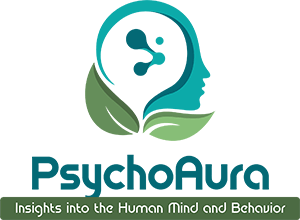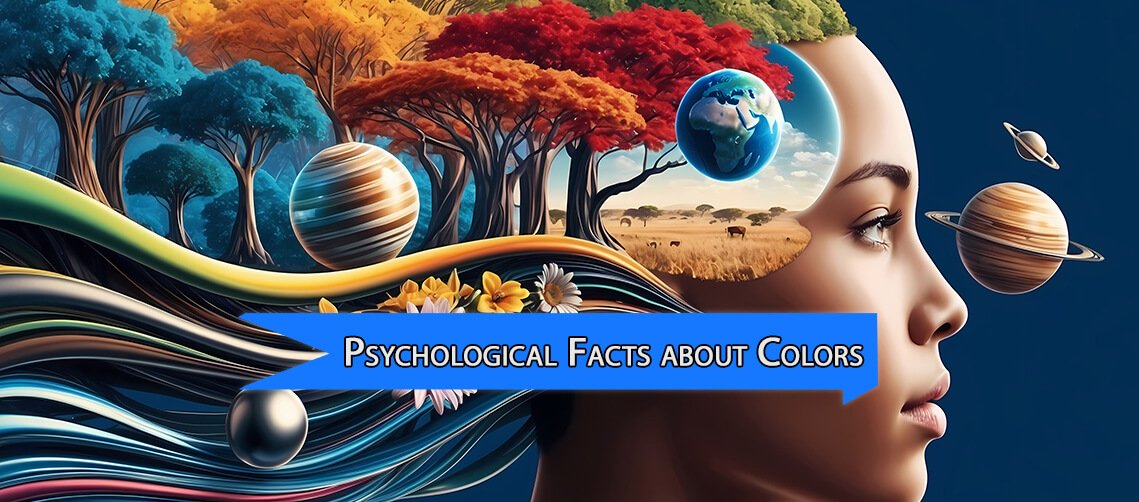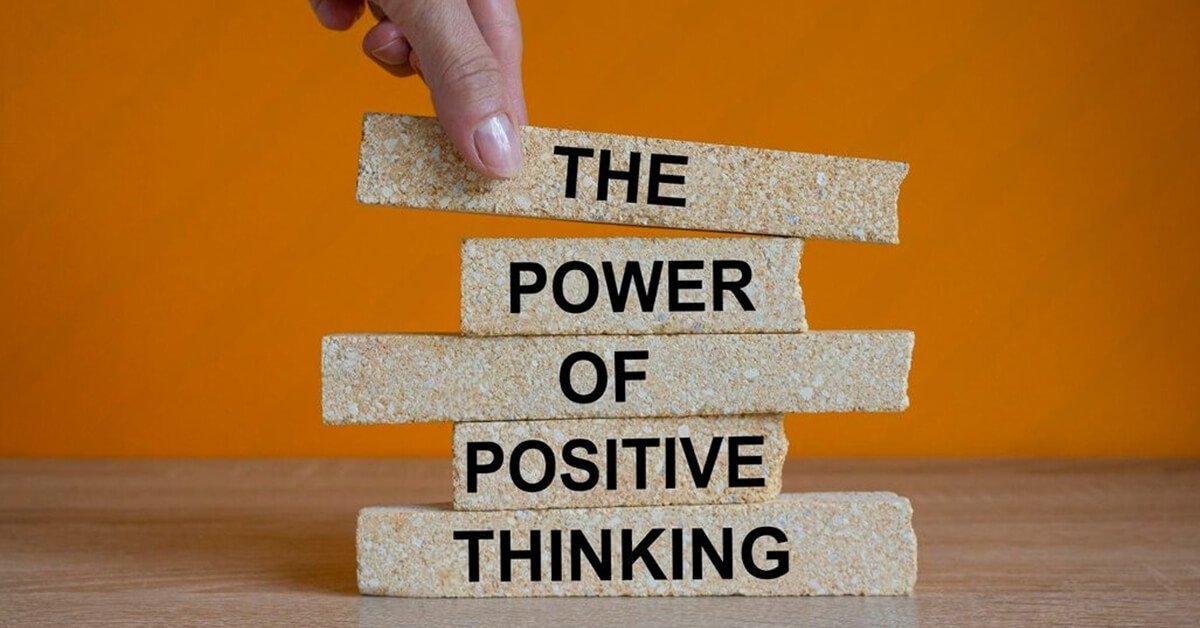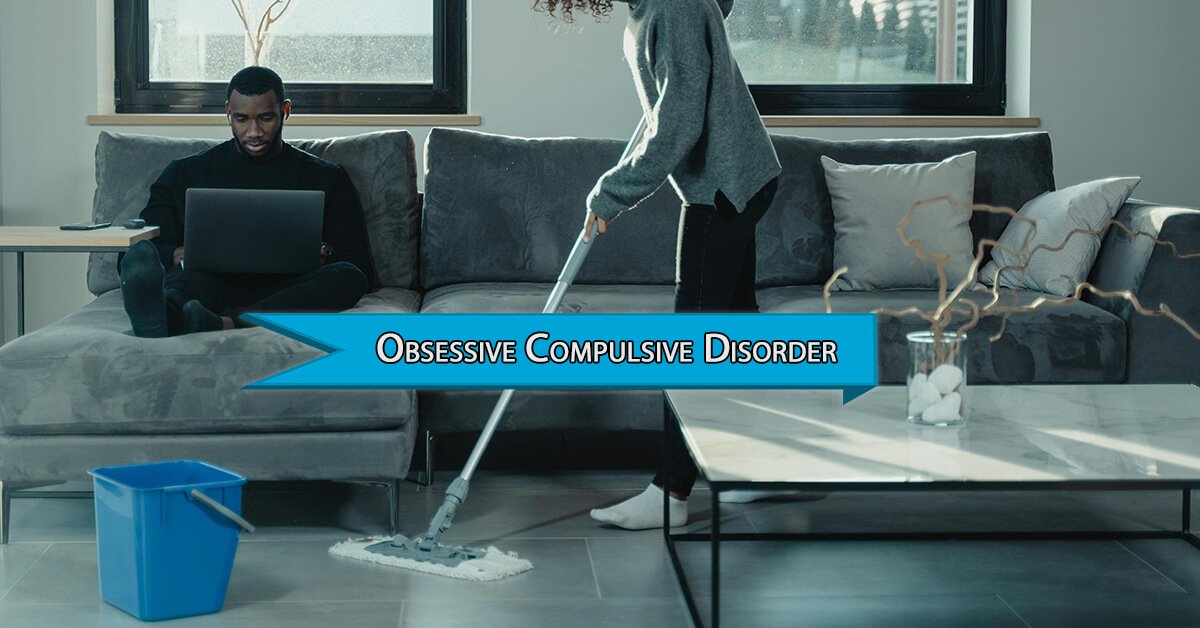Colors are not just aesthetics. They are powerful tools that influence how we feel, what we buy, and even the rate at which our hearts beat. Ever wonder why a calm blue bedroom feels like a warm hug after a long day? So, whether you are designing your living room, choosing an outfit, or building a brand, understanding the psychological facts about colors can make a real difference. This guide, inspired by the vibrant insights of Psychoaura, dives deep into how the psychology of colors impact us in ways we barely notice but constantly feel. Lets explore surprising and thought-provoking psychological facts about colors and how they quietly shape our everyday experiences.
FASCINATING PSYCHOLOGICAL FACTS ABOUT COLORS
RED
Red is associated with passion and power. Here are some fascinating facts about the color red.
1. Red increases heart rate and blood pressure; your body literally reacts to it.
2. Athletes in red uniforms tend to win more. Psych up color, apparently.
3. People wearing red are often rated as more attractive. Confidence? Boldness? Maybe both.
4. It also boosts performance in physical activities, making it a power color in sports.
BLUE
Blue is associated with calmness, composure, and professionalism. Here are some fascinating psychological facts about the color blue.
5. Blue actually has a calming effect. It can lower blood pressure and slow breathing.
6. That is why it is everywhere in corporate logos. Trust, dependability.
7. People tend to be more productive in blue surroundings.
8. Blue is a worldwide favourite color. It is a quiet friend who keeps you grounded and sends you long, thoughtful texts.
YELLOW
It is related to sunshine and caution signs. Here are some psychological facts about the yellow color.
9. It is associated with sunshine, happiness, and an instant mood booster.
10. But too much of it? Weirdly, it can make people anxious. Especially babies.
11. In color therapy, yellow is said to stimulate the nervous system and boost memory.
12. It is often used to grab attention quickly.
GREEN
It is associated with nature, growth, and money. Here are some fascinating psychological facts about green colors.
13. It is the easiest color on the eyes and can even improve reading, speed, and comprehension.
14. It is strongly tied to balance, health, and tranquillity.
15. Exposure to green can lower stress and heal quickly.
16. Green is that friend who drags you on a hike, but also brings snacks.
BLACK
It is associated with mystery, power, and sophistication. Here are some fascinating psychological facts about the color black.
17. Black often represents authority and elegance.
18. Warming black can make people perceive you as more serious or intelligent.
19. It is a favourite color in high fashion for a reason: timeless and versatile.
20. Despite its association with darkness, black can actually create visual clarity in design.
WHITE
Cleanliness, purity, and a slightly clinical feel. Here are some fascinating psychological facts about the color white.
21. White is for purity, cleanliness, and simplicity.
22. It can make spaces feel bigger, which is why minimalists love it.
23. Too much white can feel cold, sterile, and even lovely.
24. It is also a cultural color in Western cultures; it symbolises weddings, while in some Eastern cultures it is associated with mourning.
PURPLE
Royalty, spirituality, and a hint of mystery surround it. Here are some psychological facts about the color purple.
25. Purple is associated with royalty and wealth.
26. It is also tied to creativity, imagination, and spirituality.
27. Soft purples like lavender promote relaxation and calm.
28. Purple is the artsy friend who burns incense and always asks, But how are you really feeling?
ORANGE
People associate it with energy, friendliness, and hunger. Here are some psychological facts about the orange color.
29. Orange is the extrovert of the color world. Associated with loud, fun, and a bit chaotic.
30. It is another color that boosts appetite, especially in fast casual food joints.
31. Orange can make people feel energised and social.
32. Too much orange, though? May cause sensory overload.
PINK
It is sweet, soothing, and surprisingly powerful. Here are some fascinating psychological facts about the color pink.
33. Pink is associated with nurturing, warmth, and romance.
34. It is a comforting color often used in hospitals and care environments for its soothing qualities.
35. Lighter pinks are calming. Pink spaces tend to feel safe, supportive, and open.
36. Bright pink can be energising, whole soft tones evoke safety and softness.
Conclusion
Lets be honest, the psychological facts about colors are quite remarkable, revealing how much color affects our brains. It can make your heart race, chill you out, sharpen your focus, or even make you feel hungry, all without saying a single word. Red gets your blood pumping. Blue whispers, “Hey, breathe.” Yellow says, “Look at me!” Green is your chill, grounded friend. And do not even get us started on how black turns up the mystery, and white makes things feel extra clean. Colors shape how we feel, how we act, and how we connect with the world, even if we are not aware of it.
FAQs
Can colors actually change how my body reacts?
Yes. Not even joking. Red can literally increase your heart rate. Blue helps you chill out. Yellow? It brightens your mood and stimulates your brain. Your body is reacting to color way before your brain even catches on.
Why do I feel happier in certain rooms or spaces?
It is the colors doing their sneaky thing. A cozy green room feels relaxing, a bright yellow kitchen wakes you up, and that moody navy bedroom? Perfect for winding down. Colors are not just decorative elements in your space; they shape your mood.
Is it true that babies cry more in yellow rooms?
Yes. Weird, right? While yellow is usually a happy, cheerful color, too much of it, especially in intense shades, can be overstimulating for babies. So maybe save the lemon blast for a throw pillow.




